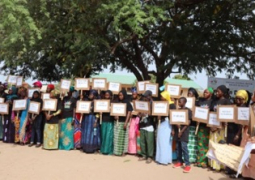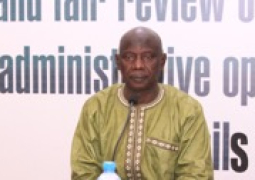
However, he noted that the corporation also faced operating costs of GMD 200 million and financing costs of GMD 197 million, leading to total expenditures exceeding GMD 1.3 billion. Ultimately, the revenue generated was GMD 648.2 million, equivalent to USD 9.24 million in foreign exchange.
“The government subsidy alone amounted to GMD 627.4 million,” Sabally explained. “This subsidy was essential to bridge the gap between the prices paid to farmers and the prices at which groundnuts are sold on the international market.”
The figures surprised lawmakers, many of whom questioned the financial viability of the groundnut trade in its current form. One member pointed out that while GGC bought groundnuts at GMD 38,000 per ton, the international selling price returned only about GMD 25,830 per ton, creating an unavoidable deficit.
When asked if the GGC could handle larger volumes of up to 50,000 metric tons if production increased, the minister insisted the corporation had the capacity. “As long as farmers present their groundnuts during the designated season, GGC will buy,” Sabally assured. “Once government funds are exhausted, commercial banks provide support with assistance from the Central Bank and the Ministry of Finance.”
However, when questioned whether the revenue raised could fund the following season without government subsidies, Sabally responded, “That amount will not suffice. If the government buys at the same price it sells internationally, farmers will suffer. That is why subsidies are necessary.”
As one lawmaker remarked during the heated debate, “We are pumping billions into a system that loses money every year. Is this sustainable? Or are we just buying peace in the villages at the expense of the nation’s economy?”
The minister assured that the government is doing its best to improve farmers’ conditions and increase production.





